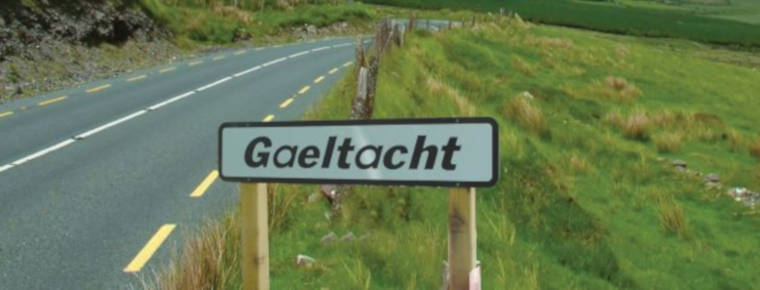
Highest population since pre-famine times
The Irish population stood at 5.1 million on 3 April 2022 – an increase of 7.6% from Census 2016, the preliminary results from Census 2022 show.
All counties show population growth since 2016.
Longford saw the biggest percentage increase (+14.1%), followed by Meath (+12.9%).
In the six years between Census 2016 and Census 2022, there was net inward migration of more than 190,000.
Housing stock increased to 2.1m (+6%) while vacant dwellings (excluding holiday homes) fell to 166,752 (-9%), the Central Statistics Office (CSO) figures show.
Senior CSO statistician Cormac Halpin said “The preliminary results show a population of 5,123,536 on Census night. This is an increase of 7.6% since 2016. It is also the highest population recorded in a census since 1841.
“There were 2,593,600 females and 2,529,936 males recorded, which is an increase of 7.7% and 7.5% respectively.
“The population increase of 361,671 was made up of a natural increase (births minus deaths) of 171,338 and estimated net inward migration (population change minus natural increase) of 190,333.”
Highest growth in Leinster
The counties recording the highest population growth were in Leinster.
Longford grew by more than 14%, with Meath, Kildare, and Fingal, also growing strongly.
In contrast to Census 2016, when three counties (Mayo, Sligo, and Donegal) had a fall in their population, the preliminary results show that the population of every county has increased since 2016.
In Leinster, 10 of the 12 counties showed a higher percentage increase than the national average, with Offaly (+6.0%), and Kilkenny (+4.5%), being lower.
In Munster, Waterford (+9.4%) had a higher percentage increase than that of the State overall. Both Leitrim (+9.5%) and Roscommon (+8.4%) showed a higher percentage increase than the national rate, while Cavan, Donegal, or Monaghan did not.
The total housing stock on 3 April was 2,124,590, an increase of 6.0% on the 2016 figure.
There were 16,560 fewer vacant dwellings (-9.0%) in 2022 compared to 2016. This does not include holiday homes, of which there were 66,135, compared with 62,148 in 2016.